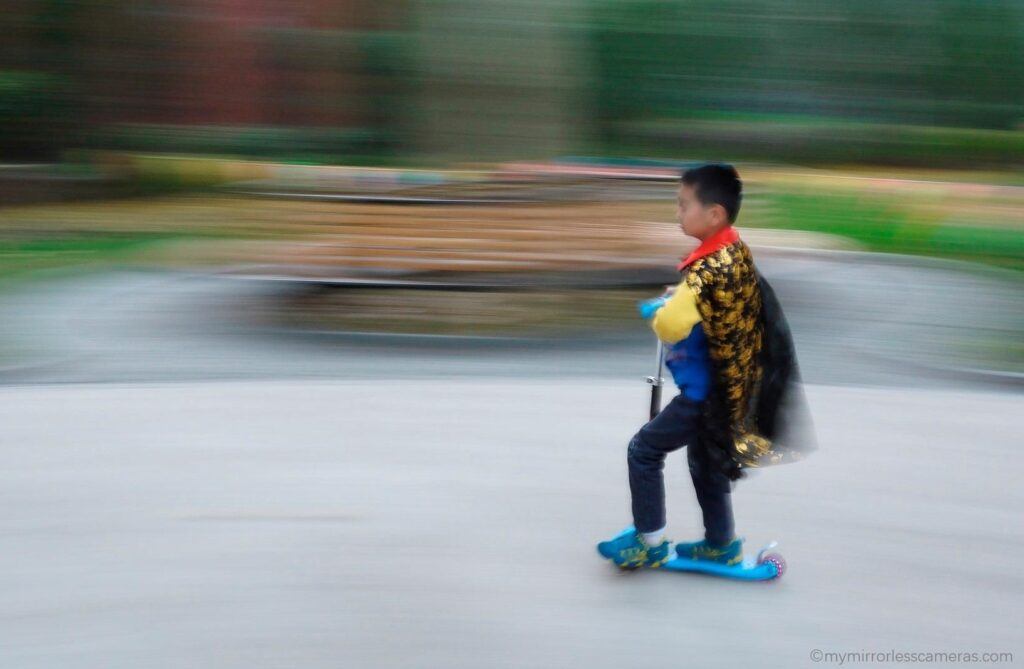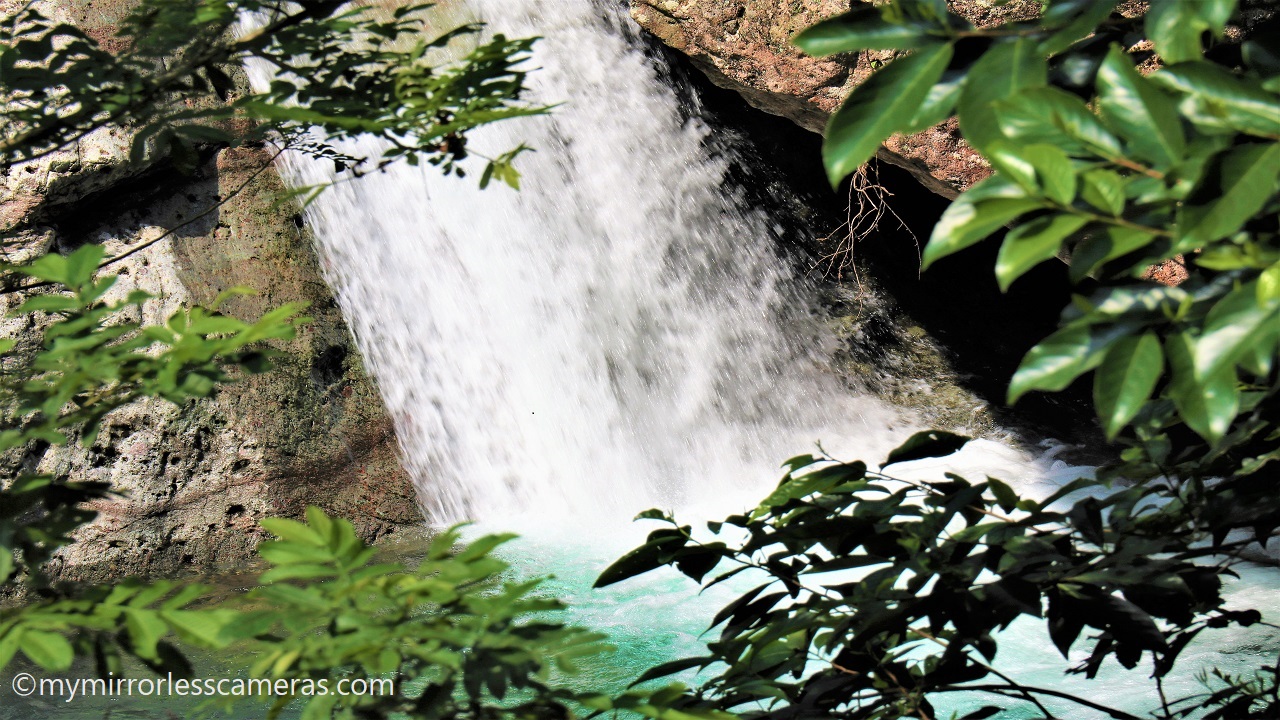My passion for photography started when film cameras were still popular. And my fascination grew further when digital cameras became the future of photography that ultimately replaced film cameras. In this article, I will be sharing how to learn basic photography on your own, or let me put it this way- how did I learn basic photography on my own with my mirrorless camera.
This will be a series of articles, so join me along with this journey to basic photography.
And without further ado, let’s dive in.
Let me start with Shutter Speed
Shutter speed is one of the three elements that consist to have proper exposure. Shutter speed is responsible when to freeze and or create motion blur of your moving subject.
Technically, Shutter speed means the amount of time the light hits the image sensor (discussed in my previous article on how to use a mirrorless camera- three recommended basic shooting modes)
It can create and provide a dramatic impression on your moving subjects.
As a beginner, this is one skill in photography that will need plenty of trial and error until you get that desired shot through constant practice.
But once you have captured the best setting and remembered, it will be just a matter of repeating and using that best shutter speed setting over and over again.
One of the best ways to practice shutter speed is by shooting a photograph of running water such as fountains and waterfalls. Because you won’t be needing to do panning especially for creating motion blur.
Note: 1. Shooting at this mode you must set the function to SHUTTER SPEED PRIORITY (marked S or Tv on the dial depending on the brand of your mirrorless camera). 2. At Shutter Speed Priority mode, shutter speed is selected manually while allowing your mirrorless camera to automatically select the desired ISO and Aperture to get proper exposure.
How to Freeze a Moving Subject
As mentioned, shutter speed controls the amount of time or exposure. How long it allows light to pass through the lens and into the image sensor.
To freeze a subject you need to set a faster time. A shutter speed of 1/250 will do the job. Even at 1/125 shutter speed, it will still be a good setting to freeze motion.
You can try these three settings to freeze motion- 1/500, 1/250, and 1/125 respectively and see with your own eye what setting pleases you.
You can go even faster if your mirrorless camera allows it. But remember to adjust the ISO to get a good exposure.
The below image is my sample picture for practicing shutter speed. I took this photograph handheld and in front of our office building some 10 years ago. This is when I got my first mirrorless camera Lumix GF2 and tried learning the basics of photography on my own.

Tip: If you shoot super fast say 1/1000 this means only minimal light is allowed to pass through the lens and your photograph may come out darker. You can then adjust your ISO manually and set it to a higher value to compensate and the camera will just select the right aperture to get the proper exposure.
How to create Silky smooth Blur of a Flowing Water
Similar to the freezing motion, this technique is also the same but with some blur motion effect. To attain this, you need to set your mirrorless camera shutter speed much slower. Meaning a much longer exposure time to allow light to enter into the lens and to the image sensor.
To get the silky smooth effect of the flowing water set your shutter speed to 1/8. It is best to use a tripod when shooting with a longer time to avoid camera shake and to get a sharper image.
The below image is my sample picture for practicing shutter speed with motion blur. I took this photograph handheld as a result you will notice that the background is somewhat out of focus. That’s why it is really necessary to use a tripod when shooting with longer exposure.
This photograph I took in front of our office building some 10 years ago. This is when I got my first mirrorless camera Lumix GF2 and tried learning the basics of photography on my own.

How to Create Motion Blur of a Moving Subject
Creating motion blur of a moving object will be possible using the panning technique. Panning is the horizontal movement of your mirrorless camera following your moving subject. You need to time this shot to get better result.
This is more tricky especially if you are shooting handheld and in a low-light environment.
It will be good to start with your shutter speed set at 1/60 especially if it is a slow-moving and a much closer subject.
You could always experiment, shutter speed 1/30 will be good for panning a fast object at a far distance. While 1/15 shutter speed will be enough for a slower object at a far distance.
Below are my sample images practicing the panning technique using the Lumix GF2 mirrorless camera. These shots were taken 10 years ago when I was learning the basics of photography on my own.


Final Thoughts
To learn basic photography on your own you need to do the following:
- Get familiar with your mirrorless camera (I have discussed previously the importance of knowing your mirrorless camera).
- Practice makes perfect- so practice, practice, and always practice.
- Watch free video tutorials to improve your skills.
- Read books or articles about photography.
- Join photography groups to get valuable insights from the experts.
- Don’t get mad or get disappointed when someone critiques your photographs instead, accept them, learn, and improve.
There you have it, folks, once again thank you for reading. If you find this article helpful or you have some questions or suggestions please leave a comment below. I will try to answer them to the best of my knowledge.

About Rowe Medialdea:
Hi, I’m Rowe, a mirrorless camera and photography enthusiast. We have created this site to be of help (especially to beginners) by producing easy-to-understand content about mirrorless cameras! Welcome to our website!

